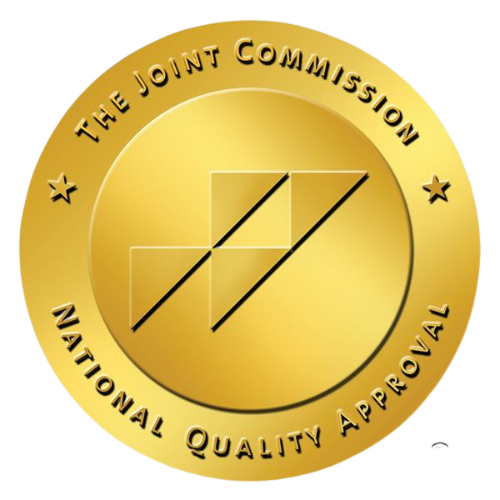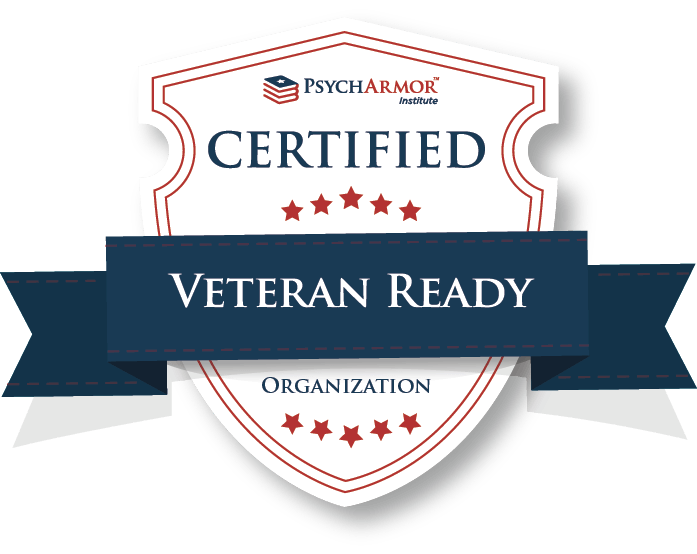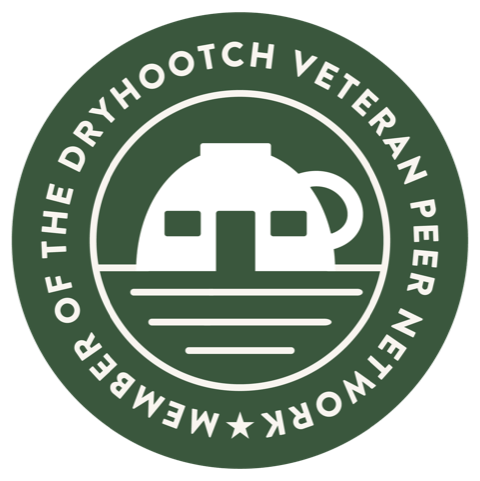Having spent the last 10 years treating Veterans and Soldiers with chronic pain, I’ve learned there are both challenges and common approaches that work.
When I served as Assistant Chief in the Department of Rehabilitative Services at the Winn Army Community Hospital in Fort Stewart, Georgia, I was responsible for providing and overseeing physical therapy, occupational therapy, and chiropractic services for over 15,000 soldiers. The goal was to ensure these men and women were fit for service and help them to recover as quickly as possible. The rub? As a care provider, I also wanted my Soldiers to be healthy over the long-term. And that can be a challenge when Soldiers aren’t under your care for very long. Couple chronic pain with PTSD and mild traumatic brain injury (mTBI) and things get more complicated.
The National Center for PTSD and the Department of Veterans Affairs created a special report in 2010 highlighting the current challenges in managing complex and comorbid medical conditions such as chronic pain, PTSD and mTBI. The consensus panel agreed that patient and family education throughout the entire spectrum of care are necessary to improve recovery. This includes the entire process, from onset to recovery, with a focus on an empathetic delivery that promotes recovery and wellness.
Implementing education and a message of hope across the recovery process is tricky. There is the lack of continuity encountered by Soldiers and Veterans accessing care. As they move around (and even when they don’t), they often aren’t seen by the same care provider each time. I have also found that a message of hope and the expectation of a full recovery is often not communicated to all patients or their families. While the Department of Veterans Affairs and other service providers are making tremendous strides toward the treatment and management of chronic pain in our Veteran populations, best practice models are still being developed. Each Veteran population has a unique set of circumstances within a biopsychosocial environment that includes family members, children, and loved ones. It requires a tailored approach.
What has worked for Veterans suffering from a mix of pain and other issues? Group-based interventions such as yoga and aquatic training that are peer-led (meaning led by other veterans). Guided meditation is another tool that has offered tremendous value for Veterans seeking to learn self-management skills in a supportive, empathetic environment. I have also seen how important it is for Veterans and Soldiers—and their families—to be a part of a team that embraces growth through adversity. This is the ethos that all warriors possess.
I joined Veterans Recovery Resources because I see the opportunity for hope and continuity of care in community-based models. The goal of creating a vibrant network of veterans and their families over a lifetime is one that resonates.
The Community Foundation of South Alabama recently released the Southwest Alabama Veterans Needs Assessment highlighting how we might meet the needs and fill gaps in services provided for our local Veterans and families. Among other recommendations, the findings strongly point to the use of community-based professional and peer support services and activities for the 29 percent of post 9/11 and 43 percent of pre-9/11 Veterans who report suffering from chronic pain. And I think it’s an excellent place to start.
About the author: Jeremy Fletcher is currently a Major in the U.S. Army Reserve, an Assistant Professor in the Department of Physical Therapy at the University of South Alabama, and a military veteran. He is a bronze star recipient. Jeremy is a Physical Therapist by trade, and served many roles at Fort Stewart, Georgia. These experiences have given him a passion and desire to improve the overall health and well-being of veteran populations through a mind-body approach.





Leave A Comment
You must be logged in to post a comment.